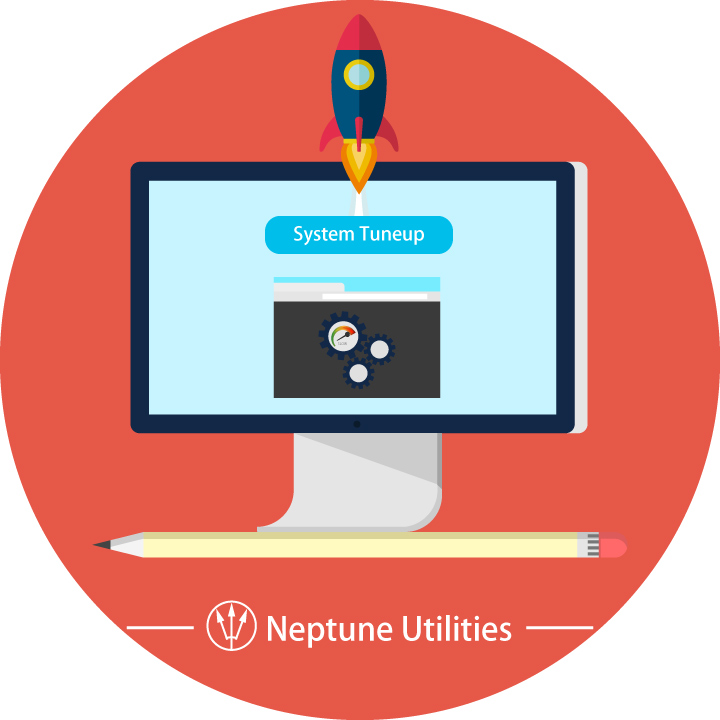My Windows 10 pc is slow. How can I increase its speed?
By Renee | 21/Nov/2024

Unbelievable! Windows users were told that Windows 10 is the best-performed system ever so that they scuttled for the installation. Now even with the newest hardware, you might notice that the operating system slows down or lags at times. Two months after PC coming out of the box, you can barely enjoy the 8-second startup, instantly responds to every click and swift input.
Since your PC is new, you do not have to spend money on the hardware—add RAM or buy a faster SSD. The first thing you should do is try to speed it up. Thus here are some tips and tricks to increase your Windows 10 speed.
HOW TO FIX SLOW WINDOWS 10
1. Always reboot first
You may leave your computer open all day long, in case you need it anytime. The sleep mode will save power, but only a full reboot refreshes the running mechanism of Windows’ brain. Reboot daily won’t hurt your computer.
2. Reduce some appearance options
Windows 10 offers a lot of eye candy for you, which takes up some processor resources. If your PC is underpowered, you may want to sacrifice aesthetics and gain some speed.
->Right-click Start, and select System. Then choose select Advanced system settings.
->Find Advanced tab and click Settings.
->A dialog box pops out and simply choose Adjust for best performance.

3. Remove unneeded Startup items
A whole lot of programs want to load automatically every time you boot. Each one slows down the boot process, and some continue to slow down Windows in the background afterward.
->Right-click the taskbar and select Task Manager. Click the Startup tab.
->The Startup tab will show you all the auto-start programs in the list.
-> Right-click its entry on the Startup tab and select Disable.
4. Stop hog processes
Your slow running processor that’s hogging a lot of resources is definitely reducing your Windows 10. Every time you feel your computer stumbling, you can relieve the burden of your processor by closing down the less urgent programs and files.
->Right-click the taskbar and select Task Manager. Click the Processor tab.
->The top items will be the ones hogging the CPU. Close them when you’re done with them.

5. Turn off searching index
When you search for a word across all the files in your Documents library, the results come up almost immediately. That’s wonderful, but when you’re not searching, the indexing that intends to create those fast searches would slow other programs down.
-> Open Windows Explorer, right-click on C: drive, and select Properties.
->Find General tab, uncheck Allow files on this drive.
->Select Apply changes to drive C:\, subfolders and files.
6. Clean and defrag your hard drive
Actually, the slowest component of PC determines its fastest speed, and the hard disk is by far the slowest part of your computer. Therefore, to speed up hard drive is the first step to make your computer faster.
-Clean temp files
Open Windows Disk Cleanup tool to temporary files and other junk files no longer needed on the computer, by type Disk cleanup in the search box from the start menu.
-Free Disk C for more space
Because C drive is the first available drive for hard disk working, then if your C drive is running out of space, consider moving the swap file to another drive.
-Defragmentation
Open Disk Defragmenter by typing disk defragments in the search box from the start menu to analyze and optimize your hard disk.
7. Regular Maintenance
If you find that its ailment is just old age, keep doing regular maintenance. Using Neptune SystemCare Ultimate, the PC optimization tuneup utility, for you 10-year-old machine won’t make it run super-fast, but it will make sure that it's running in tip top shape all the time.
Everyday PC Checkup with one click and other features on weekly regular basis can speed up your old computer with Windows 10, but also make it last longer.
If your Windows 10 PC still seems sluggish after all these tips, you can consider reinstalling the system.